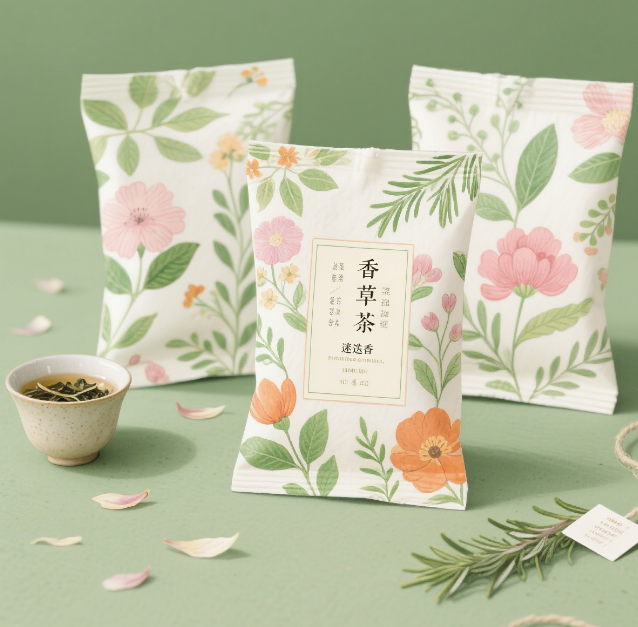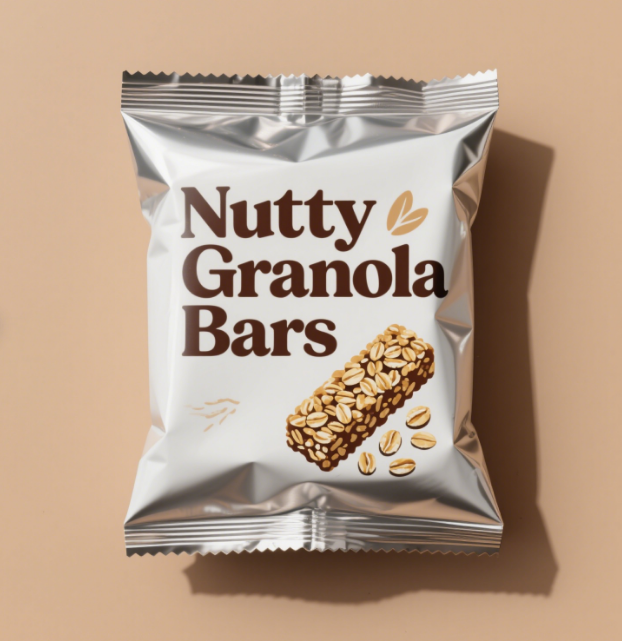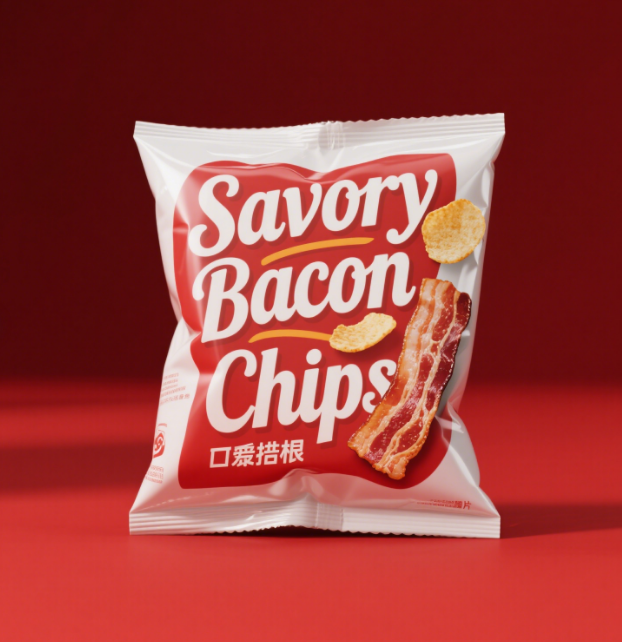хоолын баримтын төрлүүд
Хоолын багаж нь үйлдвэрлэсэн хоолыг ашиглагчид хүртэл хадgalга, хамгаалga туслах их санхүүгийн үүрэгтэй. Эхний багаж нь хоолын дээш нь зөвхөн харгалзах материалуудыг агуулдаг, жишээ нь пластик контейнер, шил уурга, алуминиум цонх гэх мэт, энгийн орчиндхай татвар болон бусад орчиндхай татварлалтай харьцуулахад тусалдаг. Дараачийн багаж нь картон цонх, шринк уурга гэх мэт тэмцээн, сууриас хадgalга үүсгэнэ. Модифицинг Atmosphere Packaging (MAP) технологи нь пакетний дотоод амьдралын хугацаиг нэмэгдүүлэхэд тусалдаг. Актив багаж нь хоолын үнэ цэнэгийг хадgalгаар хангах зорилгоор хамтран ажилладаг компонентүүдийг агуулдаг, интеллект багаж систем нь хоолын үеийн мэдээллийг шалгаж, мэдээлэл илгээдэг. Материалууд нь шил, metall гэх мэт традициональ хамгийн сонирхолтой байдлын оронд биодеградабл plastics ба plant-based материалын санал болон модерн хадgalга замаар өөрчлөгдөнө. Тус бүр нь тодорхой функцуудыг хариуцдаг: усны контрол, oxygen barrier properties, температур regulation, physical damage-ийн хамгаалалт. Advanced features нь oxygen scavengers, antimicrobial agents, time-temperature indicators гэх мэт, distribution chain дээрх хоолын хамгийн сонирхолтой байдлыг хадgalгаар хангаж байна.


